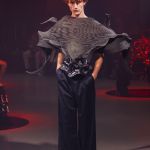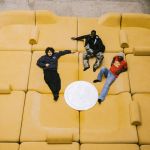Since its inception, every major evolution to the structure of fashion week has been made only as a result of adapting to the growing number of press coverage the events drew throughout each season and century.
However for the first time in history , as a result of COVID-19, as architects of a now solid multibillion dollar system, we are objectively looking at the skyscraper of an industry we’ve built and asking ourselves what is the purpose of it all ? We are thinking realistically about the question of climate change, as Mother Nature has backed us in a corner staring us down with the perfect opportunity for change that would not only benefit her but the industry as well in the long run.
We recently chose to analyse the possibilities of what lies ahead for the event’s future, with the help of M1992 co-designer Gaia Ramona & Mytheresa Fashion Buying Director Tiffany Hsu.



























































